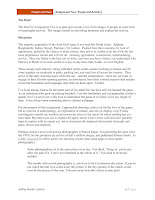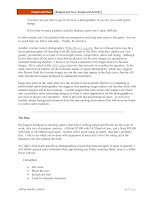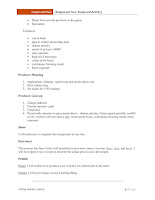 |
| Billingham: Ray's a Laugh |
Chapter Five: Intimate Life reviews the rather ironic affectation of a vernacular style as an attempt to convey a sense of the opposite – the real, the genuine, the unaffected. What sets this apart from the typical vernacular is atypical subject matter. Where family snaps create a sense of normalcy through images of rites of passages and moments of celebration, the photographers described here point the camera at disjuncture, failure, addiction, illness, anomie. The work of American Nan Goldin is cited as seminal, a decades long project recording and exhibiting relationships with family, friends, and other intimates. Her intention was apparently genuinely vernacular in the sense that she did not aspire to a career as an artist but simply to share work with her subjects. Aesthetically I find little attractive in her images, but appreciate her bravery in exposing herself, as well as her commitment to an extended period of recording. I would love to see a copy of
Ray’s a Laugh, a precursor of reality TV in photobook produced by British artist Richard Billingham as source material for his painting and chronicling the life of his dysfunctional family, all shot in vibrant color with lots of hot flash, reminiscent of William Eggleston (who surprisingly doesn’t rate a mention in this chapter). The book is now out of print and commands $150-200 used. Please. One other project here that struck me was Breda Beban’s
Miracle of Death, a series of images of her husband’s boxed ashes, a rumination on death and grieving. This doesn’t seem to have been published in book form (Cotton’s citation does not include a book) and aside from a handful of small images doesn’t appear much in internet searches.




























